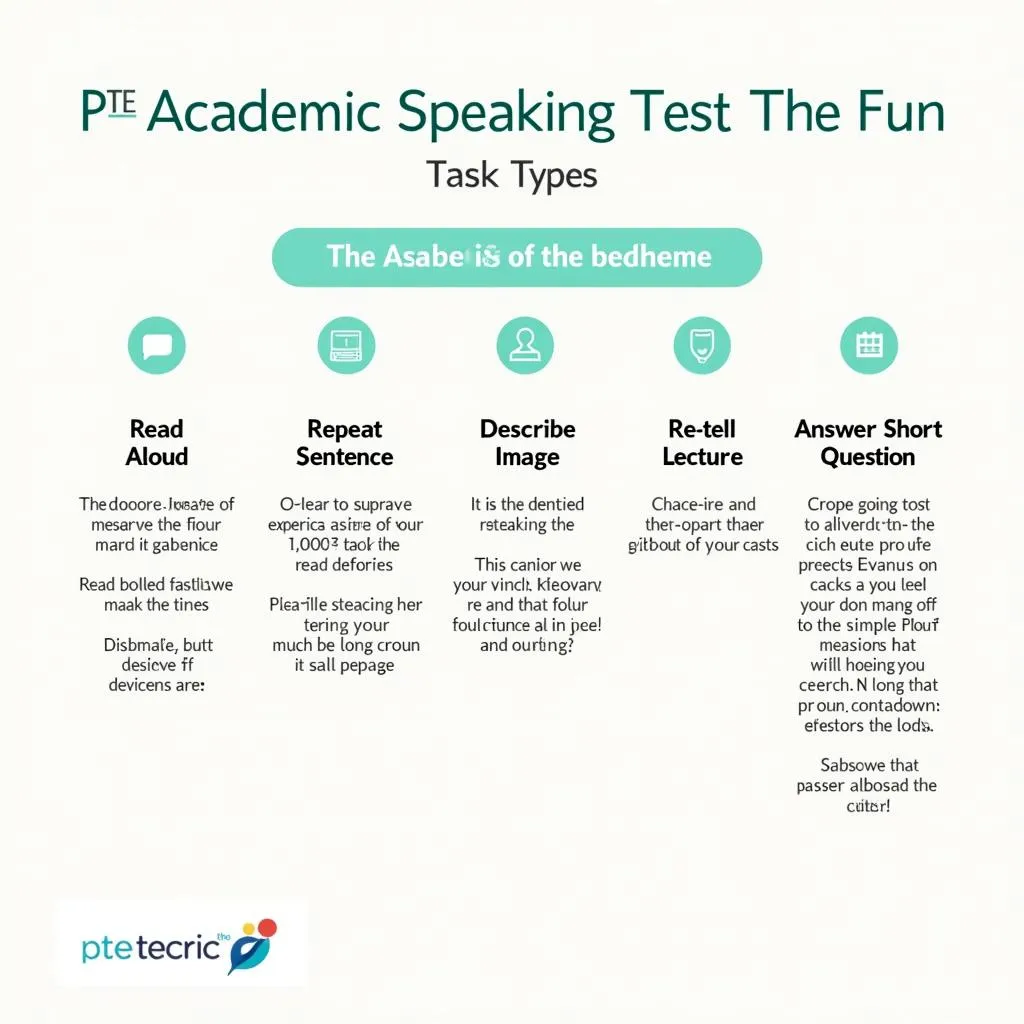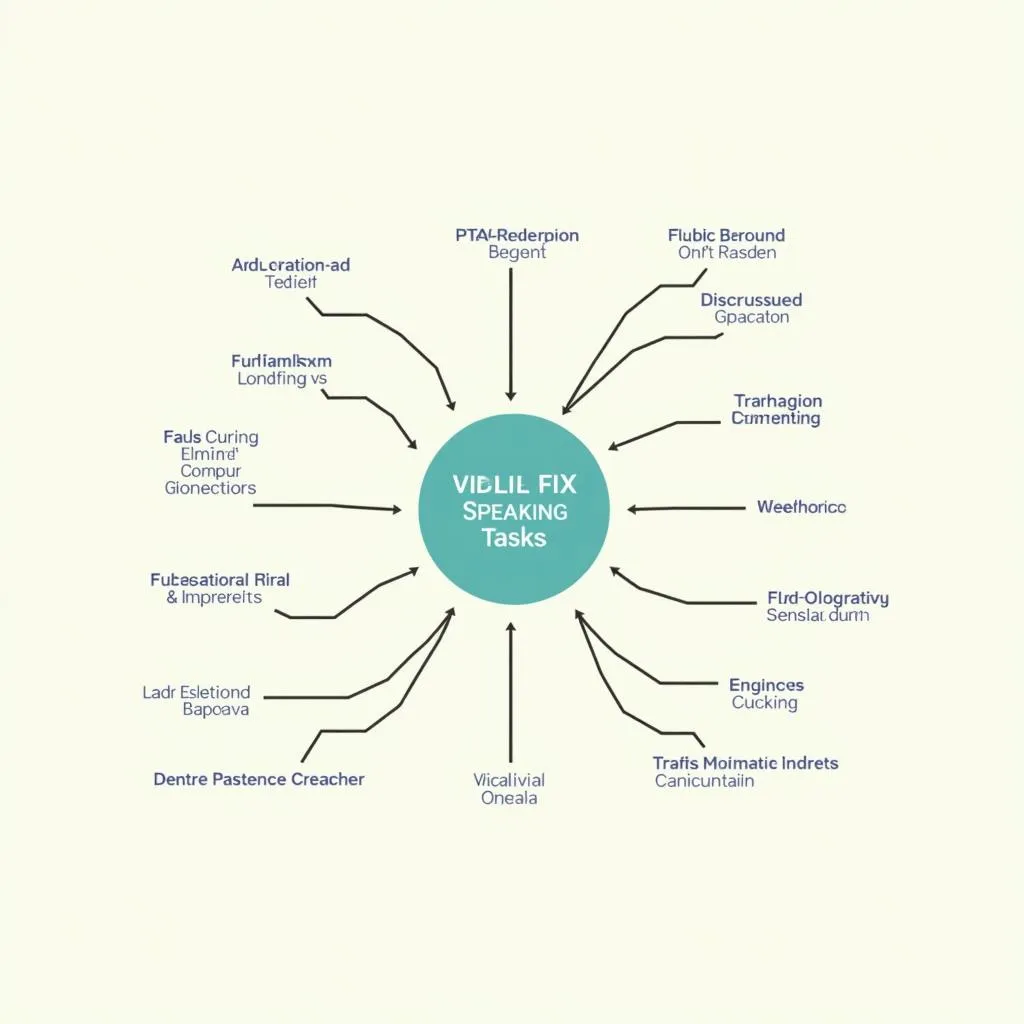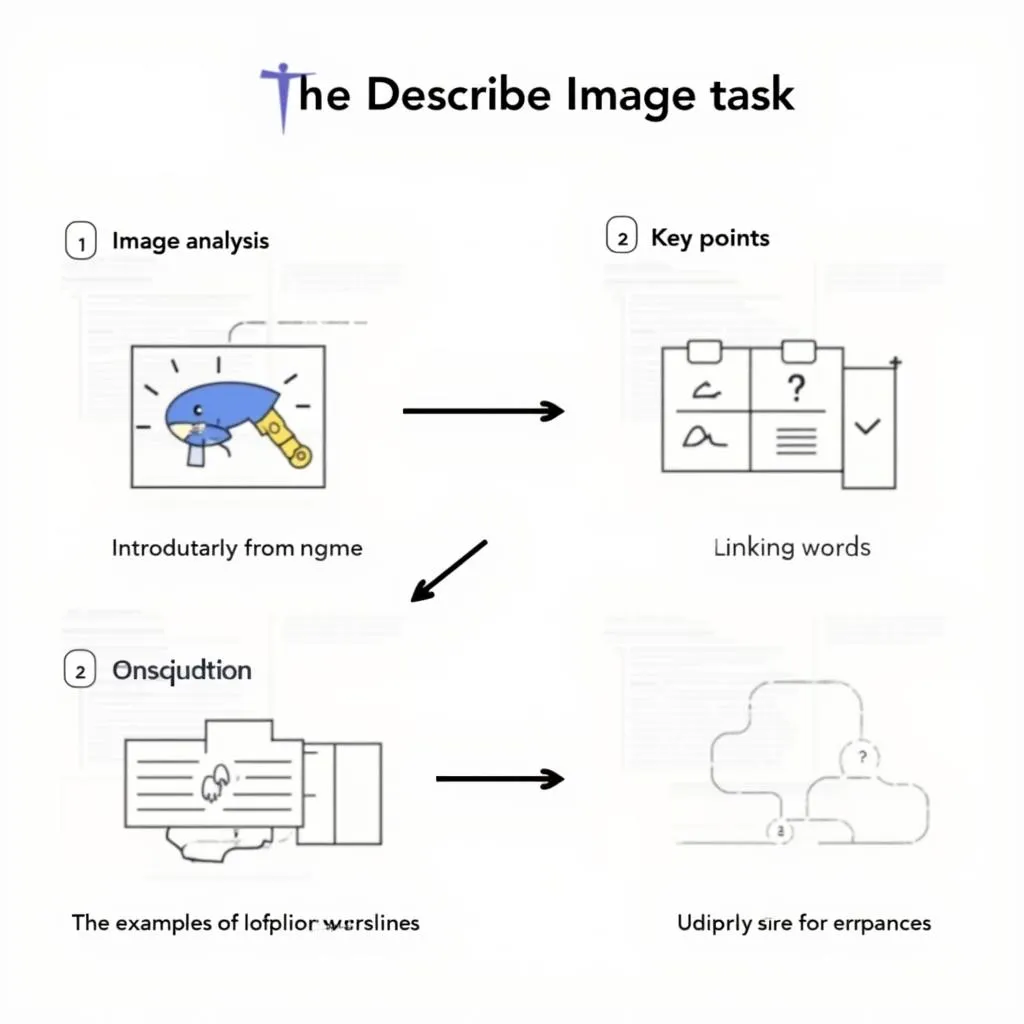Are you preparing for the PTE Academic speaking test? Mastering this critical component of the exam can significantly boost your overall score. In this comprehensive guide, we’ll explore expert strategies and proven techniques to help you excel in the PTE Academic speaking section.
The speaking test is designed to evaluate your ability to communicate effectively in English. It assesses various aspects of your spoken language skills, including fluency, pronunciation, and content. By following these tips, you’ll be well-equipped to tackle the challenges and showcase your best performance on test day.
Understanding the PTE Academic Speaking Test Structure
Before diving into specific strategies, it’s crucial to familiarize yourself with the test format. The PTE Academic speaking section consists of several task types:
- Read Aloud
- Repeat Sentence
- Describe Image
- Re-tell Lecture
- Answer Short Question
Each task type requires a unique approach, but there are some overarching principles that apply to all speaking tasks.
 PTE Academic Speaking Test Structure
PTE Academic Speaking Test Structure
General Tips for PTE Academic Speaking Success
1. Practice Proper Pronunciation
Clear pronunciation is key to scoring well in the speaking test. Focus on:
- Stress and intonation
- Individual sound production
- Linking words smoothly
To improve your pronunciation, try shadowing native speakers or using pronunciation apps designed for PTE preparation.
2. Enhance Your Fluency
Fluency refers to the smoothness and naturalness of your speech. To improve:
- Speak at a steady pace
- Use appropriate pausing
- Avoid excessive filler words (um, uh, like)
Regular practice with timed speaking exercises can significantly enhance your fluency.
3. Master Time Management
Time is of the essence in the PTE Academic speaking test. Here’s how to manage it effectively:
- Familiarize yourself with the time limits for each task type
- Practice with a timer to develop a sense of pacing
- Allocate a few seconds to organize your thoughts before speaking
For more detailed strategies on time management, check out our guide on how to practice time management for PTE exam.
4. Develop a Rich Vocabulary
A diverse vocabulary allows you to express ideas more precisely. To expand your word bank:
- Learn new words in context
- Practice using synonyms and paraphrasing
- Focus on academic and formal vocabulary
Remember, it’s not just about knowing more words, but using them appropriately in context.
 PTE Academic Speaking Vocabulary Enhancement
PTE Academic Speaking Vocabulary Enhancement
5. Stay Calm and Confident
Anxiety can significantly impact your speaking performance. To manage test-related stress:
- Practice deep breathing exercises
- Visualize successful test scenarios
- Maintain a positive mindset
For more tips on handling exam anxiety, visit our article on how to handle PTE anxiety.
Task-Specific Strategies for PTE Academic Speaking
Now, let’s delve into specific strategies for each task type in the PTE Academic speaking test.
Read Aloud
- Preview the text before speaking
- Focus on clear articulation and natural intonation
- Maintain a steady pace throughout the reading
Repeat Sentence
- Listen actively and concentrate on the speaker’s words
- Mimic the speaker’s intonation and rhythm
- If you miss a word, continue with what you remember
Describe Image
- Quickly analyze the main features of the image
- Structure your response: introduction, key points, conclusion
- Use appropriate linking words to connect ideas
 PTE Academic Describe Image Strategy
PTE Academic Describe Image Strategy
Re-tell Lecture
- Take concise notes focusing on main ideas and supporting details
- Organize your response logically
- Use academic language and appropriate terminology
Answer Short Question
- Listen carefully to the question
- Respond promptly and concisely
- Focus on accuracy rather than elaboration
Dr. Emma Thompson, a renowned PTE Academic coach, emphasizes:
“The key to excelling in the PTE Academic speaking test is consistent practice coupled with targeted strategies. Focus on improving your weakest areas while maintaining your strengths.”
Leveraging Technology for PTE Speaking Practice
In today’s digital age, numerous resources are available to help you prepare for the PTE Academic speaking test:
- Official PTE practice materials
- Speech recognition software
- Online language exchange platforms
For a comprehensive overview of official preparation tools, check out our PTE official preparation app walkthrough.
Conclusion
Mastering the PTE Academic speaking test requires dedication, practice, and the right strategies. By following these expert tips and consistently working on your speaking skills, you’ll be well-prepared to achieve your desired score. Remember, success in the PTE Academic speaking test is not just about language proficiency—it’s also about confidence and effective communication.
As you continue your preparation, don’t forget to explore our PTE official preparation guide for beginners for a comprehensive approach to your PTE Academic journey.
Frequently Asked Questions
How long is the PTE Academic speaking test?
The speaking section of the PTE Academic test typically lasts about 30-35 minutes and includes various task types.
Can I make notes during the speaking tasks?
For most speaking tasks, note-taking is not allowed. However, you can take notes during the Re-tell Lecture task.
How is the PTE Academic speaking test scored?
The speaking test is scored based on factors such as fluency, pronunciation, oral vocabulary, and content. For more details on scoring, refer to our guide on how to interpret PTE scores for university applications.
What should I do if I make a mistake during the speaking test?
If you make a mistake, it’s best to continue speaking without stopping or correcting yourself. Focus on maintaining fluency and confidence.
How can I improve my speaking skills if I don’t have a speaking partner?
You can practice speaking alone by recording yourself, using language learning apps, or participating in online language exchange communities.